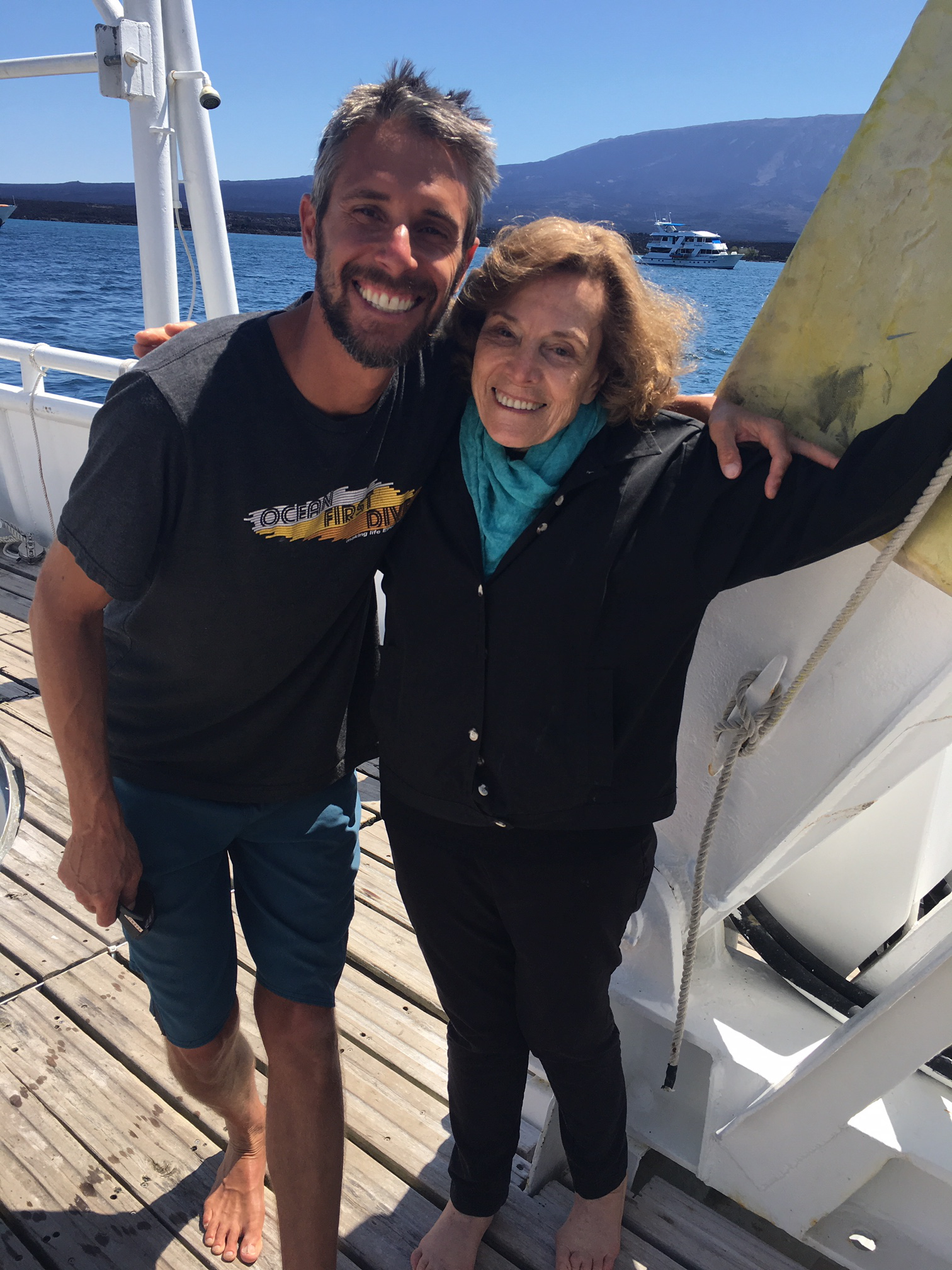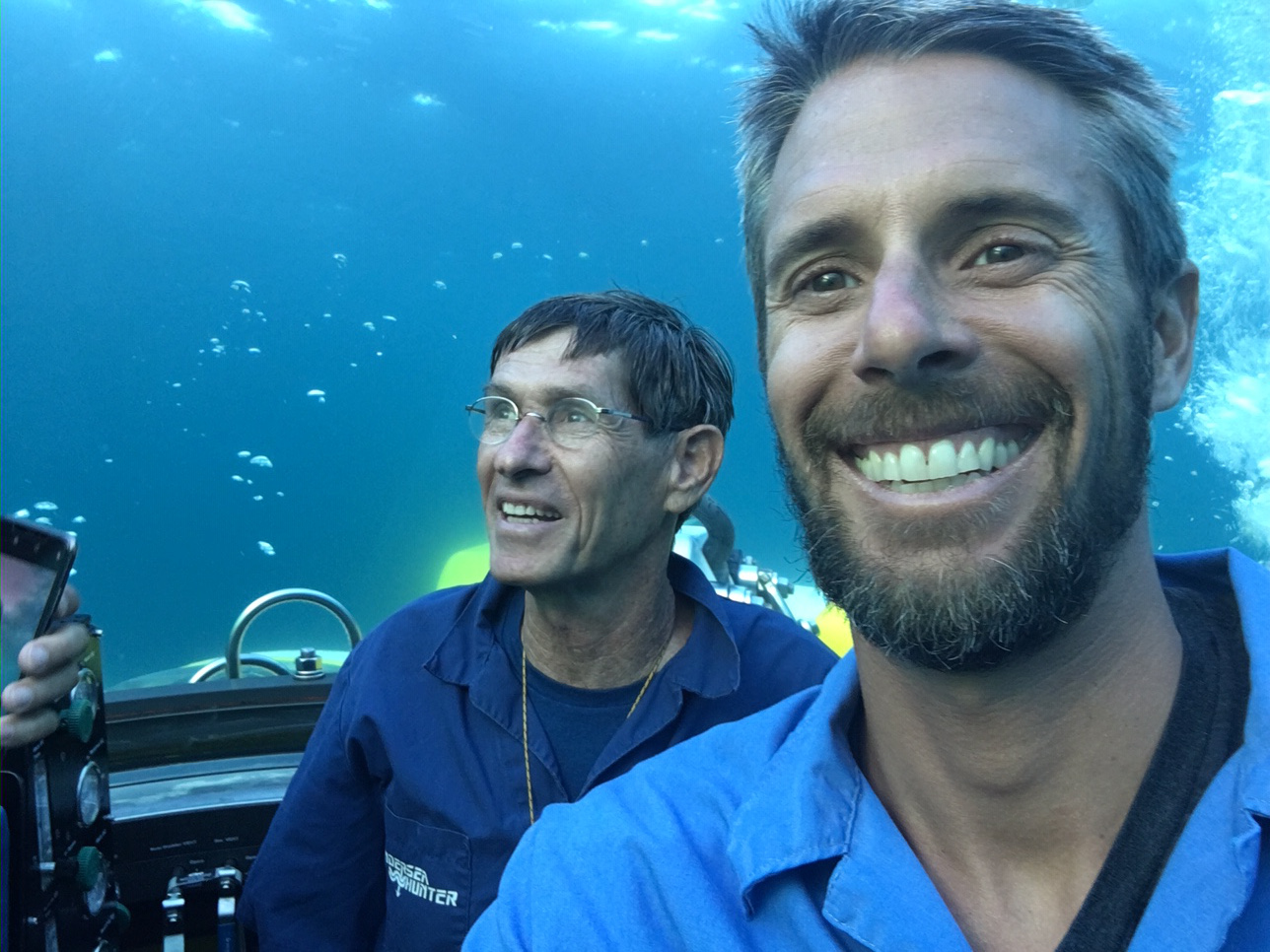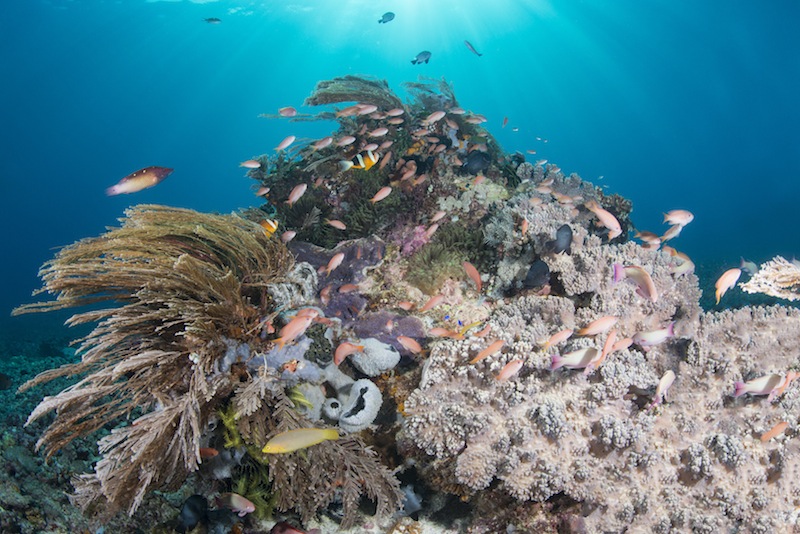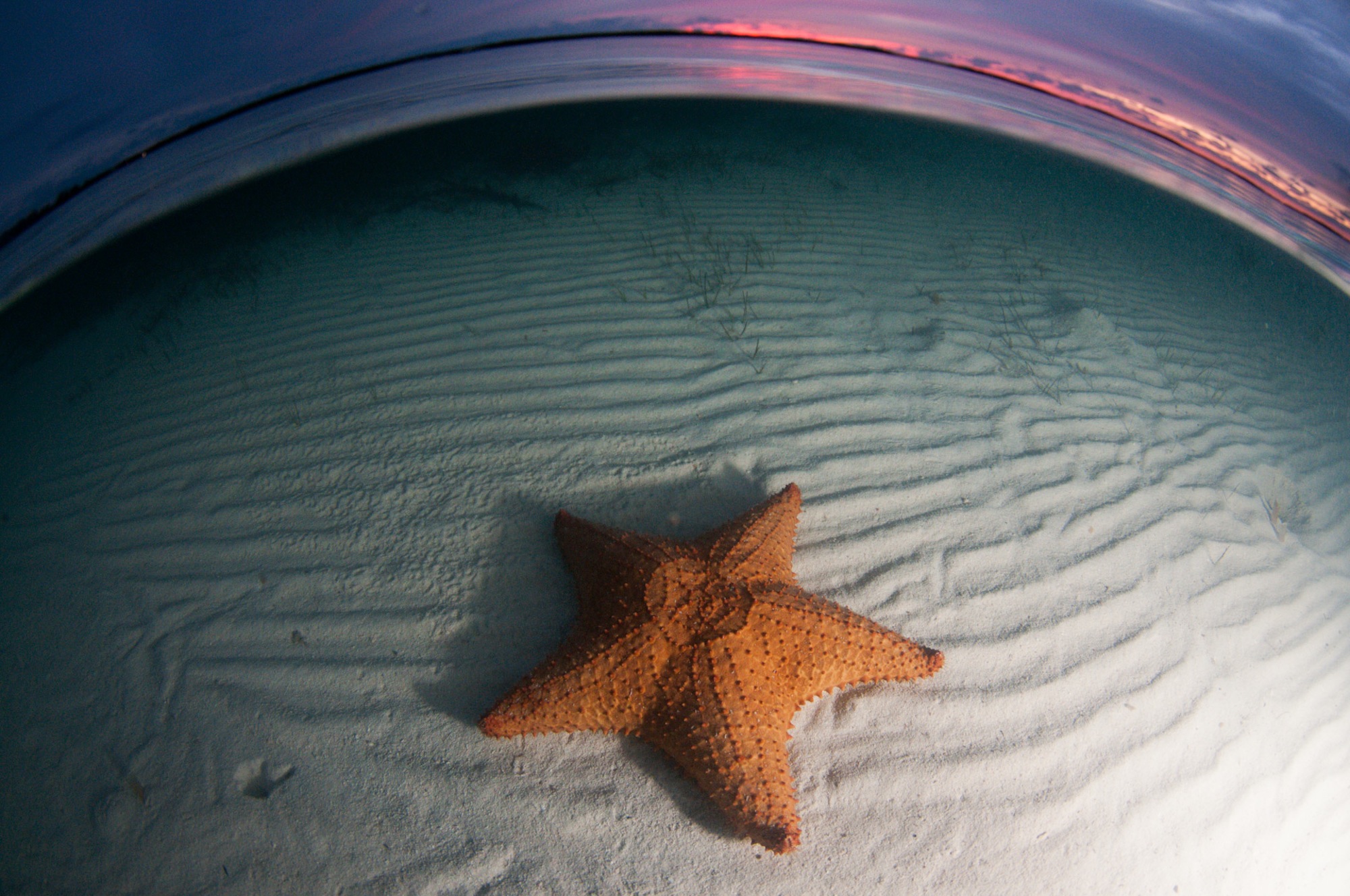November 20, 2019
The amazing diversity of the Galapagos is largely attributed to the fact that three major ocean currents converge on these fabled islands. The most famous of these is the Humboldt Current, named after the Prussian scientist and explorer, Alexander Von Humboldt, who visited Latin America in the early 19th century.  Beginning in the Antarctic waters, the Humboldt Current runs north and west along the coasts of Chile, Peru, and Ecuador before taking a sharp turn westward at the equator due to the Coriolis effect. The current then passes through the Galapagos and brings with it cold, nutrient-rich waters and lots of life, which in turn forms the base of the food chain in the marine reserve of these remote islands.
Beginning in the Antarctic waters, the Humboldt Current runs north and west along the coasts of Chile, Peru, and Ecuador before taking a sharp turn westward at the equator due to the Coriolis effect. The current then passes through the Galapagos and brings with it cold, nutrient-rich waters and lots of life, which in turn forms the base of the food chain in the marine reserve of these remote islands.
Inspired by Charles Darwin’s observations, the Galapagos are often thought of as the nexus of evolution, but interestingly the historic scientist never made any recorded dives beneath the surface. That is where we come in. This past September, I had the privileged opportunity to join legendary oceanographer and conservationist, Dr. Sylvia Earle, on a scientific research expedition to Ferandina and Isabela Islands. The expedition presented a number of exciting opportunities for Dr. Earle, as well as Dr. Alex Hearn, Salome Buglass, and the rest of the Charles Darwin Foundation research team.
In addition to a visual consensus conducted aboard the DeepSee submarine, we also performed visual and video transects in the deep water macroalgae forest to characterize the biodiversity and environmental conditions of this unknown and highly prolific ecological system. During every dive, the submarine also recorded temperature, depth, turbidity, dissolved oxygen, and salinity.  The view itself from the Deep See’s acrylic sphere is unparalleled with a 360-degree field of view. The four-inch thick acrylic sphere seems to disappear when immersed, giving you the incredible sensation of being in the water!
The view itself from the Deep See’s acrylic sphere is unparalleled with a 360-degree field of view. The four-inch thick acrylic sphere seems to disappear when immersed, giving you the incredible sensation of being in the water!
The second week was dedicated to tagging sharks with scientists from MigraMar in hopes of better understanding marine migratory species. More specifically, the scientists were studying spatial dynamics in the Eastern Tropical Pacific and generating data to illustrate the importance of protecting a corridor between the Galapagos and Cocos Island, Costa Rica and Malpelo, Columbia.
Though the trip seemed to come and go in a flash, I’ll never forget the experience nor the memories of working alongside a team of highly acclaimed scientists and conservationists. And to top it off, I can add underwater deep sea explorer to my resume as we were the first people ever to reach the bottom of the Ferandina Channel.



